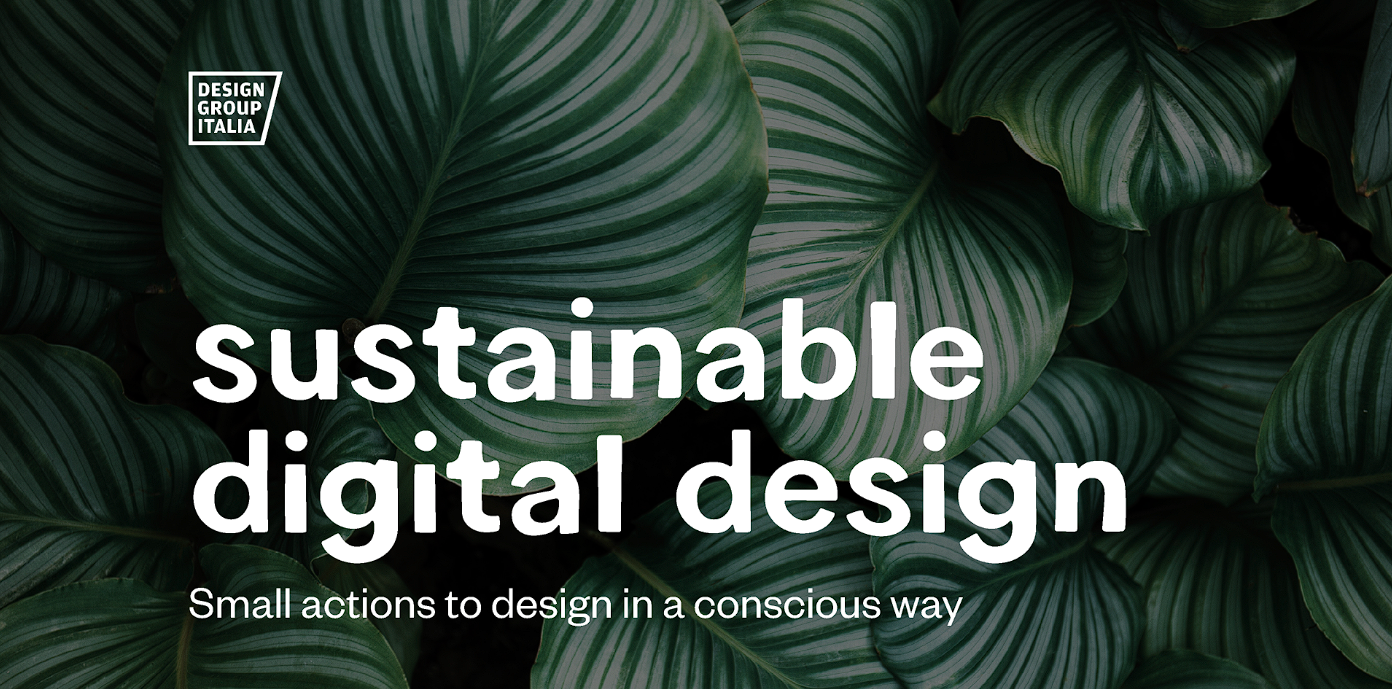In the vast landscape of innovation and progress, designers hold a significant role in shaping the world around us. From the buildings we inhabit to the digital interfaces we interact with daily, design influences almost every aspect of our lives. However, with this power comes a responsibility—a responsibility to not only cater to the needs of users but also to consider the broader ecosystem and its stakeholders.

Sustainability UI Toolkit
Designers often prioritize creating solutions that meet the needs and desires of users. After all, crafting products and experiences that resonate with people and enhance their lives is paramount in user-centric design. Yet, in the pursuit of user satisfaction, designers must actively ensure they don’t lose sight of the larger context in which these solutions exist.
One of the key challenges designers faces is how to design for the user without disregarding the environment and non-user actors. Here are some strategies to navigate this complex terrain:
- Holistic Design Thinking: Embrace holistic design, which considers the interconnectedness of all elements within the ecosystem. This involves looking beyond immediate user needs and acknowledging the broader social, environmental, and economic implications of design decisions.
- Sustainable Practices: Incorporate sustainability principles into the design process from the outset. This entails minimizing waste, reducing carbon footprint, and prioritizing environmentally friendly materials and manufacturing processes.
- Stakeholder Engagement: Involve diverse stakeholders throughout the design process to understand their perspectives and needs. This involves considering not only end-users but also communities, environmental advocates, and other relevant parties who may be impacted by the design outcome.
- Life Cycle Assessment: Conduct thorough assessments of the environmental impact of products and services from production to disposal. By understanding the full life cycle, designers can identify opportunities to minimize environmental harm and maximize sustainability.
- Ethical Considerations: Reflect on the ethical implications of design decisions, addressing issues related to social justice, equity, and inclusivity. Design should aim to empower all users while minimizing harm to vulnerable communities and marginalized groups.
- Education and Advocacy: Promote awareness among designers and users about the importance of responsible design practices. Advocate for policies and regulations that support sustainability and social responsibility within the design industry.
Sustainability UI Toolkit for Designers: Figma
This comprehensive kit is crafted to guide designers in making environmentally conscious decisions that align with the goals of your projects. Here’s what the kit includes:
- Learning Guide: Dive into a theoretical introduction that contextualizes the importance of designing products and services with a reduced environmental impact. Gain insights into the broader context and significance of sustainability in design.
- 23 Action Cards: These cards are organized by design phase, each addressing a distinct theme related to sustainability. Each card succinctly outlines a specific problem and offers a practical to-do list with actionable steps to address it.
- Orientation Poster: Utilize this visual flowchart, designed with targeted questions, to assist designers in identifying applicable actions based on their project and client type.
With this Sustainability UI Toolkit for Designers, we aim to empower designers to integrate sustainable principles seamlessly into their design processes. By equipping designers with the knowledge and tools to make environmentally responsible decisions, we can collectively work towards a more sustainable future in the digital design landscape.
Checkout other resources for Sustainable Design:
Sustainability UI Checker: Figma Plugin
[PDF] The Sustainable UX Design Toolkit
Let’s embark on this journey together, where every design decision contributes to a greener and more sustainable world!”




